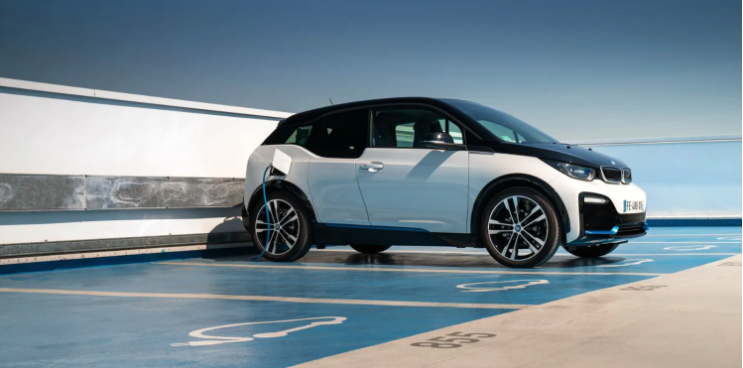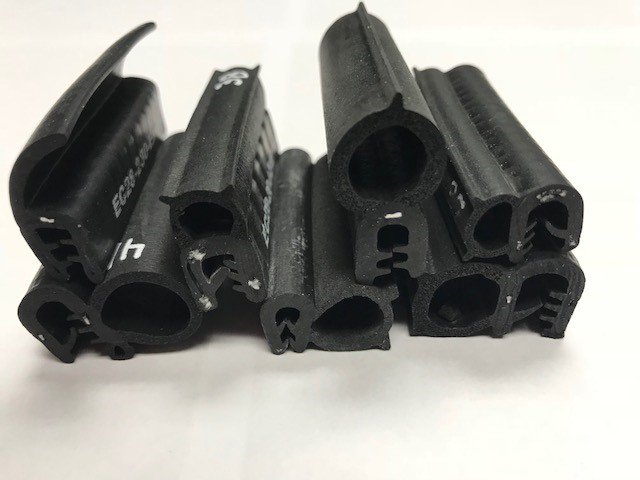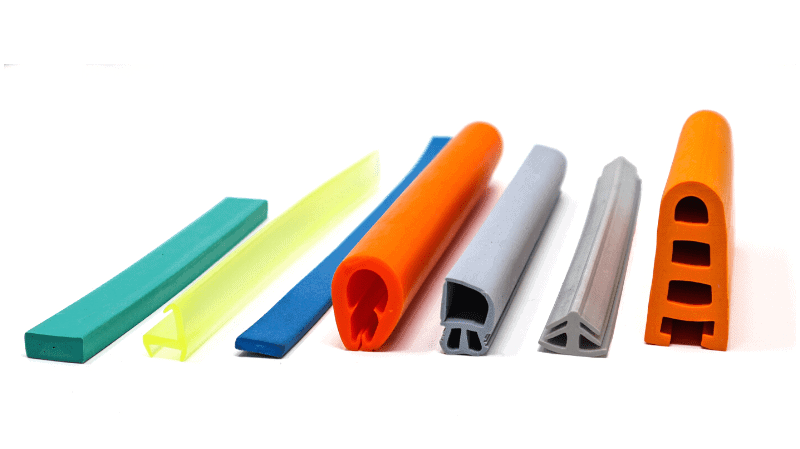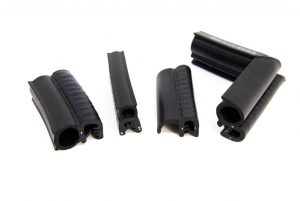Electric vehicles (EVs) promote sustainability by reducing dependence on fossil fuels, a finite resource whose extraction and use can have negative effects on the environment. Even when the electricity that EVs run on doesn’t come from renewable resources such as wind or solar power, EVs still have lower greenhouse gas emissions than internal combustion engine (ICE) vehicles. EVs also help reduce air pollution since they don’t emit nitrogen oxides and particulate matter through tailpipe exhaust.
Today, some EV manufacturers are seeking to further promote sustainability by using recycled, recyclable, or renewable materials. For example, Tesla uses recycled aluminum, copper, and plastic in its cars. The BMW i3 contains both recyclable and renewable materials, including recycled carbon fiber for body panels and a dashboard that’s made from a combination of recycled plastics and natural fibers. Sealing and insulation also provides EV manufacturers with an opportunity to advance sustainability.
In this article from Elasto Proxy, you’ll learn about a class of materials called thermoplastic elastomers (TPE) that can replace EPDM rubber in some automotive and transportation applications. EPDM has proven advantages, including lower cost, but TPEs are recyclable. Santoprene thermoplastic vulcanizate (TPV), a type of TPE, also offers a 30% weight reduction advantage over EPDM rubber for similar parts. That supports EV lightweighting, which can help to extend battery life for less frequent charging.
Keep reading to learn more or ask Elasto Proxy about EV sealing and insulation for greater sustainability.

EPDM for EV Sealing and Insulation
Ethylene propylene diene monomer (EPDM) is a synthetic rubber that resists sunlight, ozone, outdoor temperatures, water, and weather. Because it’s durable, EPDM can withstand repeated use and long-term exposure without cracking, degradation, or a loss of material properties. EPDM’s environmental resistance makes it a good choice for door and window seals, but EPDM’s low coefficient of friction also make it easier to open and close vehicle windows and doors.
In addition to seals and gaskets, EPDM is used in hoses because it resists the chemicals found in some automotive fluids. Because it’s an electrical insulator, EPDM is also used in automotive and transportation applications where there’s exposure to electrical currents, or where electrical conductivity must be avoided. Commodity-grade EPDM is relatively inexpensive, but automakers can also choose more expensive specialty grades that meet UL 94 standards, such as UL 94 V0 or UL 94 HB, for flame resistance.

How TPEs Improve EV Sustainability
EPDM’s advantages are proven, but this material is not recyclable. That’s part of the reason why some EV manufacturers are now using TPE parts instead. Like EPDM, TPEs are durable and weather resistant with good tensile strength and vibration damping. They provide the elasticity and flexibility of rubber but can be melted down and re-processed like plastic. It’s this combination of rubber-like and plastic-like properties that make TPEs especially attractive in terms of both sustainability and performance.
Like rubber and plastic, TPEs can be compounded to have specific physical and material properties. For example, some types of TPEs contain additives for resistance to sunlight and chemicals. TPEs can also be formulated to have varying levels of temperature resistance. That’s important because the door and window seals on an electric car need to withstand different temperature ranges than the coolant hoses used with EV batteries, or the molded parts found in automotive interiors.
For EV applications that require flame-resistance, TPEs can be formulated with halogen-free flame retardants. That’s critical for sustainability because many halogenated flame retardants take a long time to break-down in the environment. These chemicals are also bioaccumulative, meaning that they accumulate in plants and animals and become more concentrated as they move up the food chain. Human health is also affected, as brominated flame retardants have chronic toxicity.
Flame-resistant EPDM rubber also comes in halogen-free formulations, but it’s still not recyclable and it can be significantly heavier. TPEs offer advantages in terms of sustainability and performance, but they have aesthetic benefits as well. For example, TPEs can come in custom colors and have surface finishes that range from glossy to matte. The door and window seals on vehicles are usually black, but EV manufacturers aren’t limited to a single color and can use extruded or molded TPE parts to promote branding.

TPEs for Sustainable EV Sealing and Insulation
In electric vehicles, thermoplastic elastomers are used in four main sealing and insulation applications.
- Seals and gaskets for EV batteries, motors, doors and windows.
- Insulation for wires and cables, and for the grommets through which these conduits are fed.
- Interior components such as door panels, dashboard covers, armrests, and seating systems.
- Exterior parts such as bumper covers and weatherstripping.
Elasto Proxy provides sealing and insulation solutions to electric vehicle manufacturers and can source TPEs or EPDM rubber for you. Whether you need coils, cut lengths, or finished gaskets, we can supply you with extrusions that come in various shapes, sizes, and – in the case of TPEs – colors and textures. Elasto Proxy can also supply you with molded parts, the subject of our next article.










